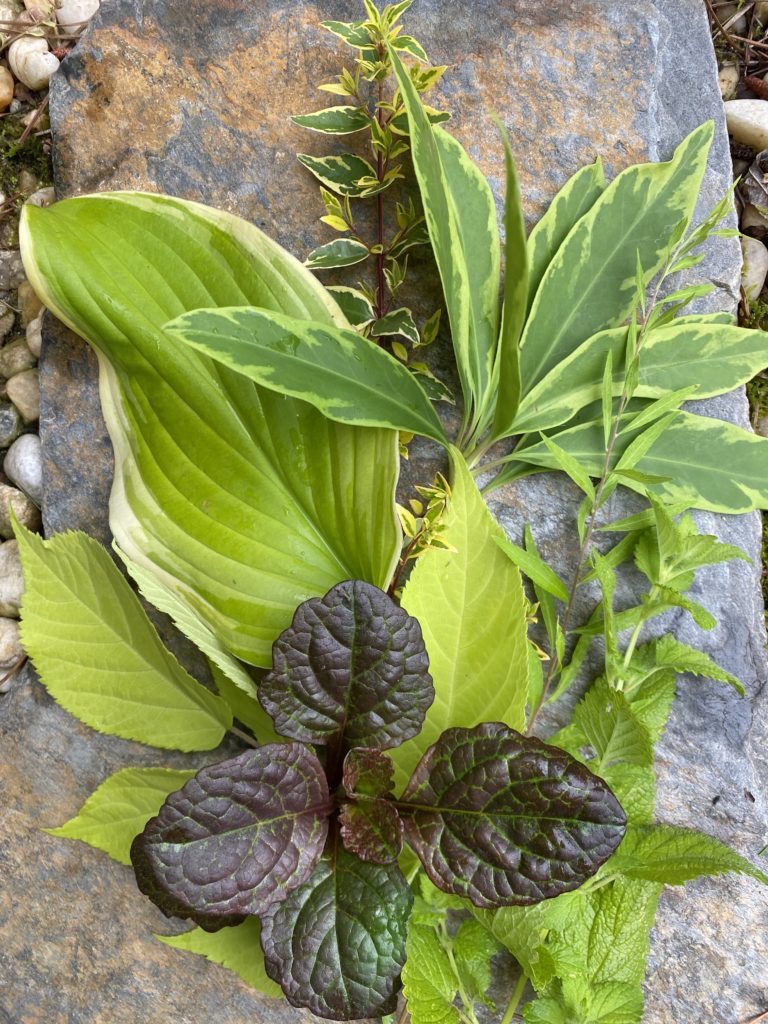
If you love to buy plants just as much as I do, as the seasons pass your garden might be begin to look like a bit of a hodge podge, which is of course fine. It is your garden, and as such it should be a judgement-free zone. Most of us, however, don’t want to see chaos when we look at our gardens. We crave a bit of order, a thread that seems to tie everything together. Landscape designers call this unity, and I think that one of the easiest ways to achieve this in your garden is with color. By simply repeating colors, either in foliage or flowers, you’ll create a pleasing garden space.
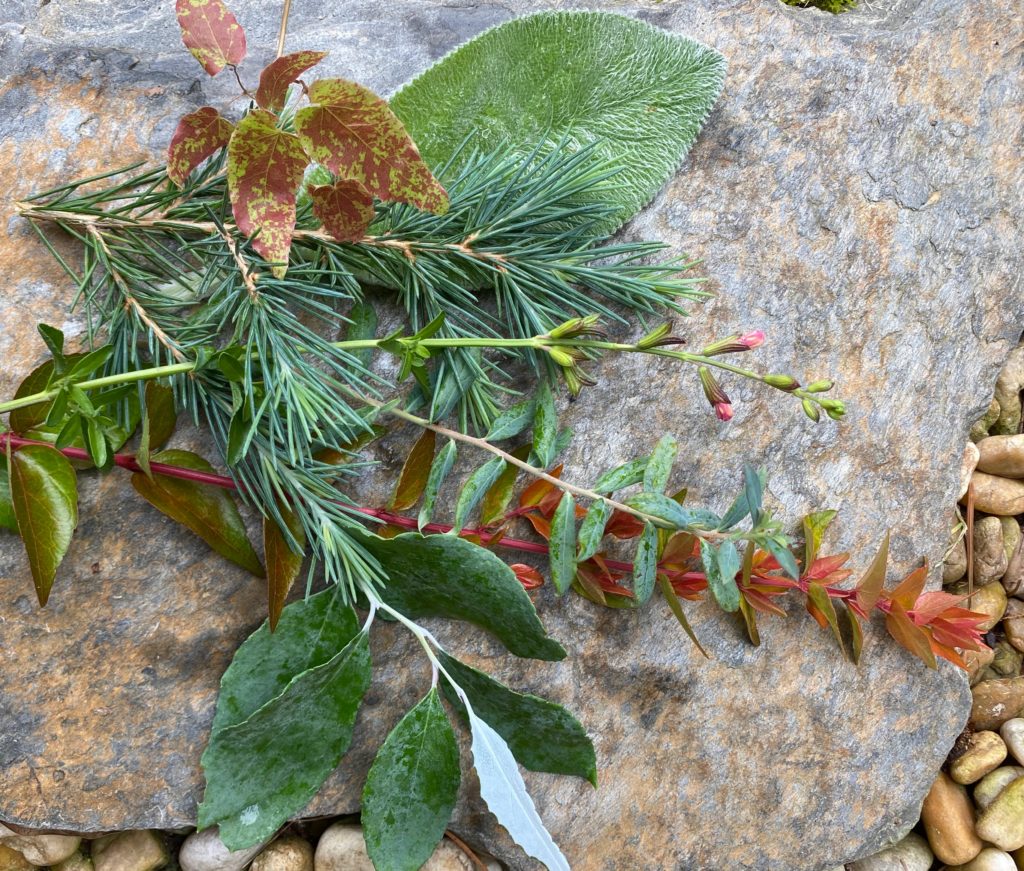
Putting Theory into Practice
Think back to a time when you visited a garden you enjoyed. What were you drawn to? Did you like the cool blue-green conifers, or maybe the vivid yellow-green of foliage plants in the shade borders? Did your heart beat faster walking along a hot border of red, orange, and yellow flowers, or were you more content sitting on a bench near a planting of white mop-head hydrangeas?
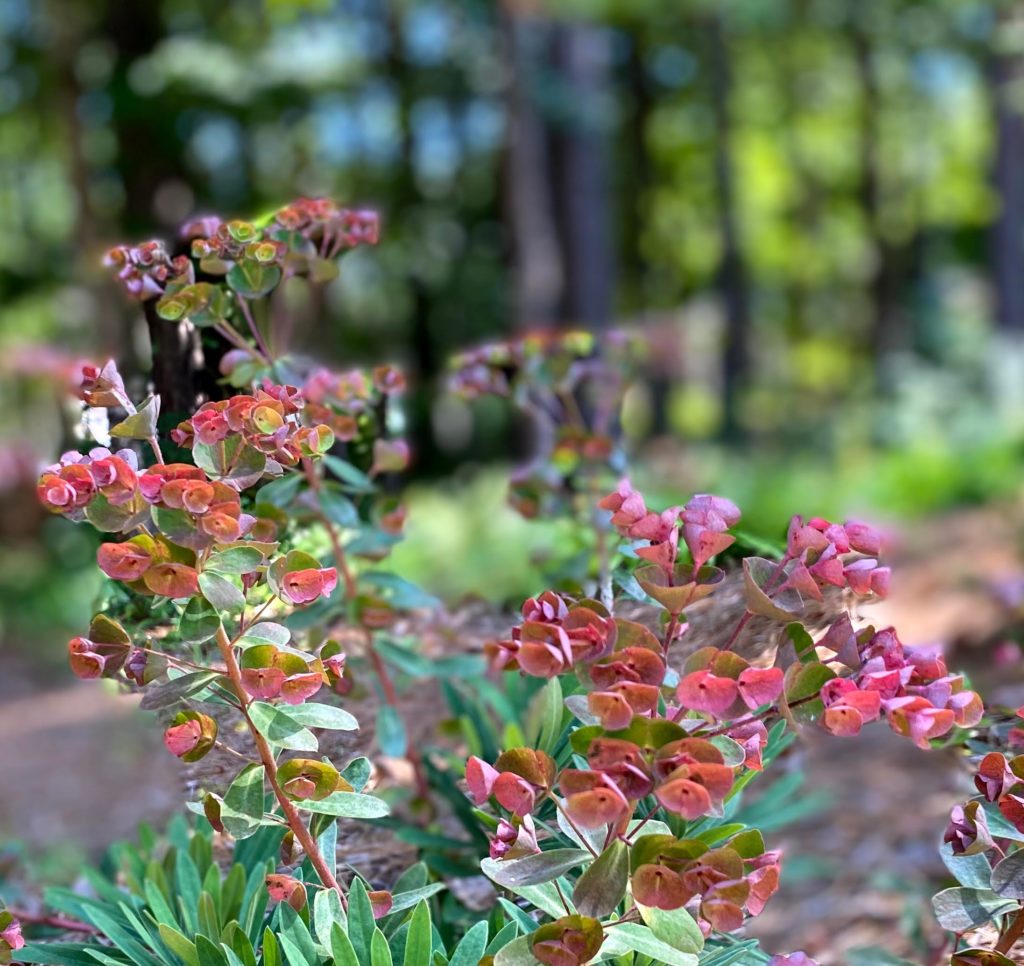
Once you decide on a specific plant or bloom color to repeat in your garden space, do a little research and find out what might work in your area. A walk through the local botanical garden might help you do some brainstorming. The internet is also helpful, but I prefer the old school approach, paging through beautiful garden books from my local library.
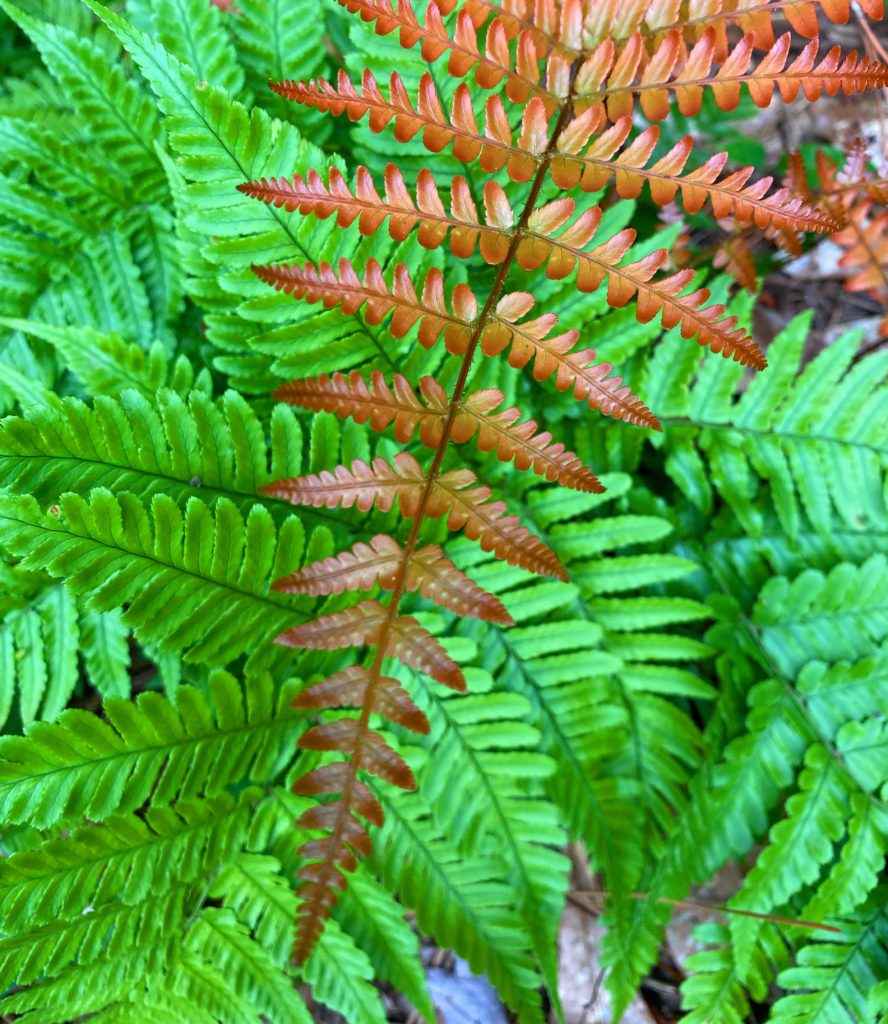
Once you’ve found your inspiration, find a few places in your garden to use the color(s) you’ve chosen. In my Georgia garden I’ve used yellow foliage plants, such as ‘Sun King’ aralia to light up some parts of my garden. I find that yellow foliage shows up well in areas that tend to be a little shady in summer, and where I have damp areas, creeping jenny, provides a sunny puddle of yellow foliage.
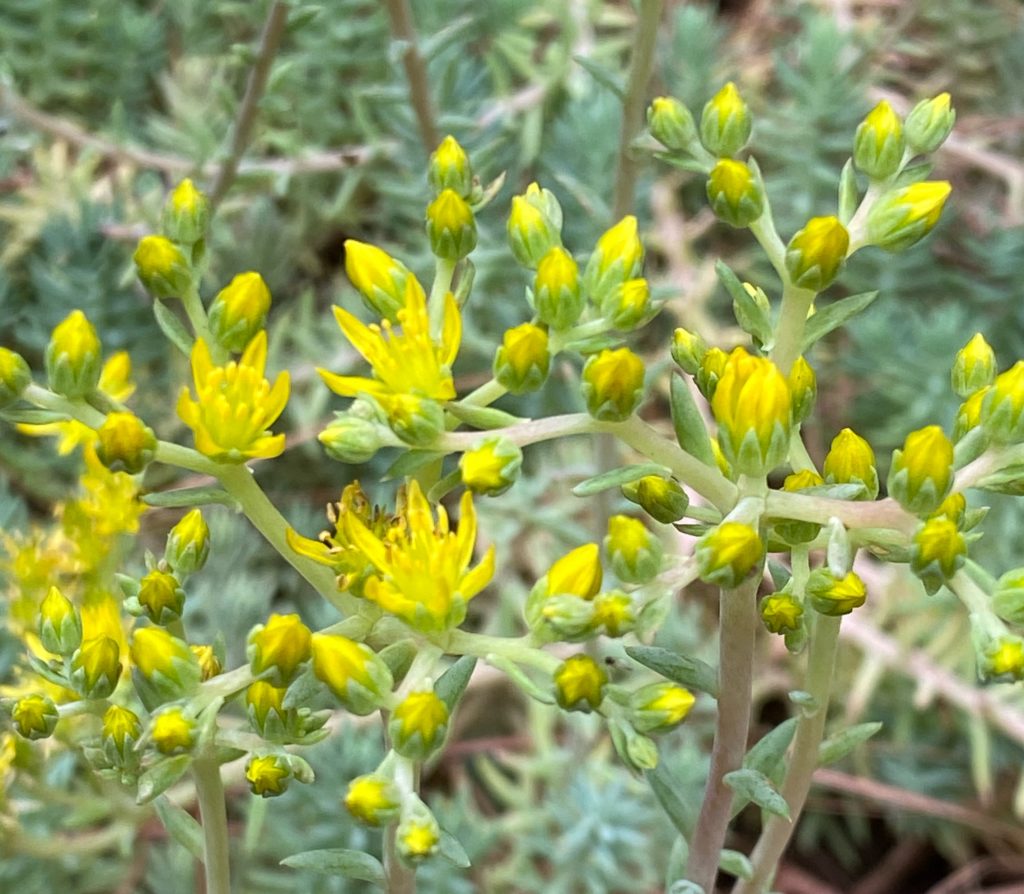
In my backyard, along a pathway lined with the abelia ‘Canyon Creek’, I’ve used plants with blue-green or gray-green foliage, and flowers in shades of rose and apricot. These color tones look wonderful from the inside of my home because they are in harmony with the subtle, earthy colors used there. Bear this in mind as you make your color choices. If you love hot pink flowers paired with acid green foliage, be certain that you’ll love them just as much when you see them from your kitchen window.
Gardening at its best is all about playing with color. I hope I’ve inspired you to use some of these ideas in your own garden. Happy Gardening!